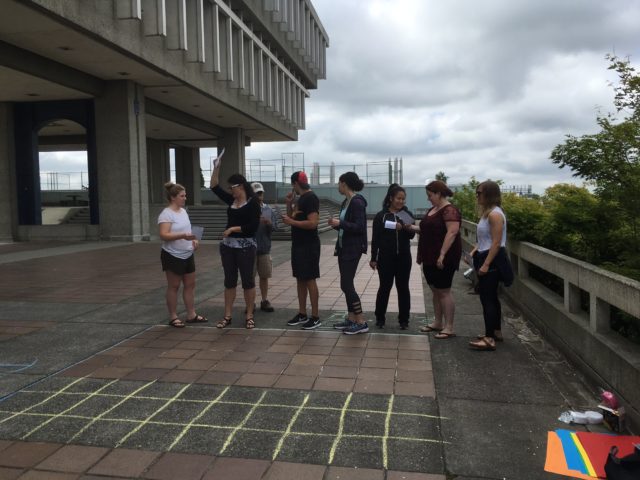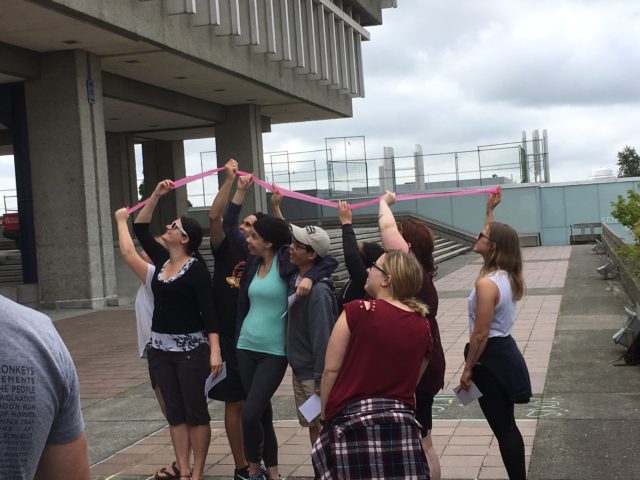Intrinsic Motivation

Week 8 – EDUC454D100 – June 27, 2017
Over the last few weeks, the topic of “intrinsic motivation” has been a topic of conversation… in problem-based learning, project-based learning, and assessment. Therefore, the question(s) of the week are: What motivates you intrinsically? What motivates students to learn? What needs to change? To compliment these questions, I asked students to watch Daniel Pink’s TED Talk The Puzzle of Motivation.
I am often provoked by idea of intrinsic motivation. How does one become intrinsically motivated? In education, I think about assessment and evaluation, loving the subject/content we teach, and pedagogy that is dialogical and collaborative. Assessment and evaluation not only drives how we instruct, but also it manages behaviour. Sometimes grades or marks are used to motivate students “to learn” or to punish students to serve as a “lesson to learn.” I’m not a big fan of motivating (aka. manipulating) students to learn with grades or marks. I am not a fan of the Pavlov dog approach to teaching and learning. Assessment and evaluation should reflect student achievement, progress, and competencies, not as a vehicle for motivation.
I am brought to Alasdair MacIntyre’s (1984) “goods internal to the practice.” I remember reading about this in my Master of Education program and my mind was BLOWN. I had never differentiated motivation as intrinsic or extrinsic. MacIntyre (1984) talks about a practice as being a complex activity that takes time to master or excel at. There are goods internal to the practice and the goods external. MacIntyre says that you can woo someone to the practice, at first, with the goods external and by engaging in the practice over time, the goods internal can be realized. I had to think about when I had first experienced this. At the time, all that I could think of was CURLING. Not to ramble on about curling, but I performed much better when I was focussed on the goods internal (i.e. being better at the game, making my shots) versus the goods external (i.e. winning, prizes, and acknowledgement).
Take a look at these photos of this week’s group facilitation by Happy Hour. Their topic was DEFORESTATION, but we engaged in photography, golf, ratios & proportion, and graphing made fun. I was so wowed by using perspective and proportions to calculate the height of trees (see above). I really enjoyed the learning activities we engaged in during class to heighten my awareness of deforestation. I appreciated how the students brought in their areas of interest or expertise to this group facilitation and I enjoyed the variety of learning opportunities throughout the day. I wonder if these students are motivated by the mark/grade or facilitating/participating in the activity. I hope its the latter. Admittedly, how they are being graded/evaluated on the group facilitation is somewhat vague at best. That was intended. In my mind, I am “grading” them on if they had met expectations or not. Did they embed math, environmental education, and their subject specialty in a group facilitated activity that is engaging, cooperative, and interactive? So far, all of the groups have met expectations.








